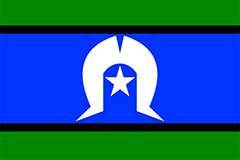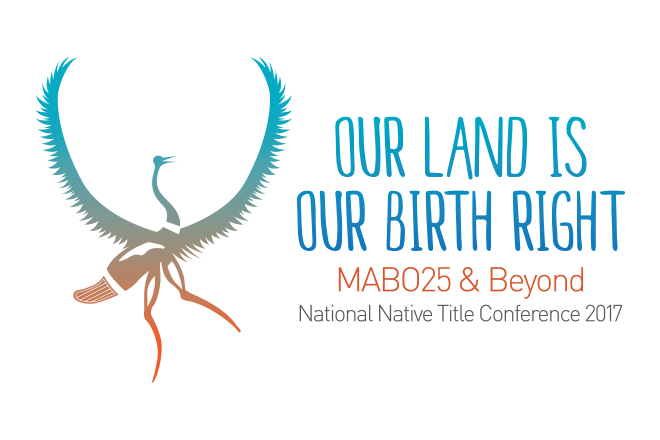
... it was too hard-hitting for the ABC. Then he criticised our actions and we tried to explain that we knew the problem was much deeper than the mere question of integration. He also told us we should dress formally - we weren't on a holiday. On the whole he was very interesting but not altogether sympathetic.
We had a general meeting, and discussed SAFA's future policy. It was a pretty heated discussion, revolving around the question of whether SAFA would aim to raise scholarships or not. We rejected the motion which Hall moved, which opposed SAFA scholarships, but all realised that no definitive policy decisions can be made yet.
Then we all went for a swim, getting photographed all the way. It was extremely relaxing. Then lunch, and a rest. We a organised a watermelon eating competition, each of about nine of us with a quarter of a watermelon. Charlie had more or less challenged the rest of us to it, but he ended up coming second last. We continued to have a rest, send letters, etc.
At 6 o'clock the new driver arrived. He ...
















